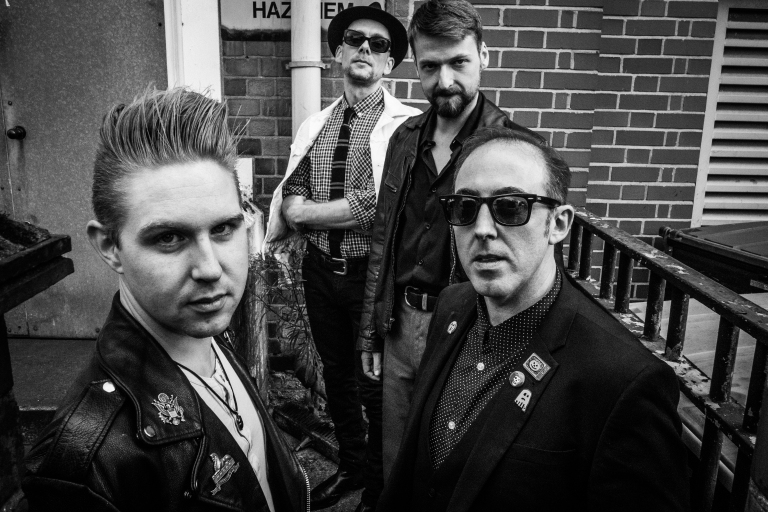 The Girl on the Train is based on the worldwide bestseller by Paula Hawkins. A psychological mystery novel, the book tried mining the same gold as Gone Girl, an infinitely better novel. The book features alternating narration by three female characters, all unreliable and damaged.
The Girl on the Train is based on the worldwide bestseller by Paula Hawkins. A psychological mystery novel, the book tried mining the same gold as Gone Girl, an infinitely better novel. The book features alternating narration by three female characters, all unreliable and damaged.
In Hawkins’s odd fictional world, the female characters are all bonkers, and the males are all despicable. Still, Paula Hawkins’s book was an extraordinary debut. It sold like hot cakes in a bizarre parallel universe where Bisquick is vastly more popular than cronuts.
In the movie, the book’s setting has been moved from London to New York. Inexplicably, Emily Blunt keeps her native British accent, like she’s doing an older Emily from The Devil Wears Prada. The change in locales doesn’t really add or detract from the story. Instead of the Thames, we see beautiful drone shots of the Hudson. Instead of Victoria Station, we see Grand Central Station. Other than that, the movie could have been filmed in Vancouver. Or Buffalo.
Does the movie do the book justice? Um, sure. It’s an extremely faithful adaptation. In fact, way too faithful. The book has many problems that the movie could have done without. For one thing, the number of logical murder suspects could fit in a telephone booth (Note to younger readers: telephone booths were 20th-century single-person enclosures for public phone calls before mobile phones were invented; years from now you’ll likely need to explain to younger people what movie theaters were). If the police detectives followed normal investigative procedures they should have been able to solve this case before the popcorn finished popping. And don’t ask me about the ending. It defies all reason. Again, perfectly faithful.
As with the book, the biggest problem is the characters. They don’t behave like real people. The main character, Rachel (Blunt), is a train wreck even when she’s sober; she can’t control what she says or does, and she’s stupider and more reckless than a victim in a Wes Craven slasher flick. She also suffers frequent blackouts that cause frustrating gaps in her memory. In the book, the blackouts were interesting the first couple of times, but then it became a cheap storytelling gimmick. The movie retains that gimmick and doesn’t attempt to improve upon it. The screenwriter phoned it in.
Whoa. I just read what I wrote so far and I sound way too critical. I actually liked this movie. That’s right, I liked it!
But why? Well, I confess it’s all Emily Blunt. She’s absolutely wonderful. I always enjoy watching her, whether she’s flinging deviled eggs against the wall, crawling on gravel, or getting sloshed on a train while voyeuristically fantasizing about passersby. She’s always a top-notch performer, completely dedicated to her craft. She absolutely nailed the role. I found her performance so gripping that by the end of the movie I’d completely forgotten that my sneakers were stuck to the grimy theater floor.
And how’s everyone else? Ho hum. As long as Emily Blunt was on screen, I didn’t mind the other actors. You can check the rest of the cast on IMDB.com if you’re interested. I wasn’t. Only the woman—ahem, girl—on the train mattered to me.
Share this:




